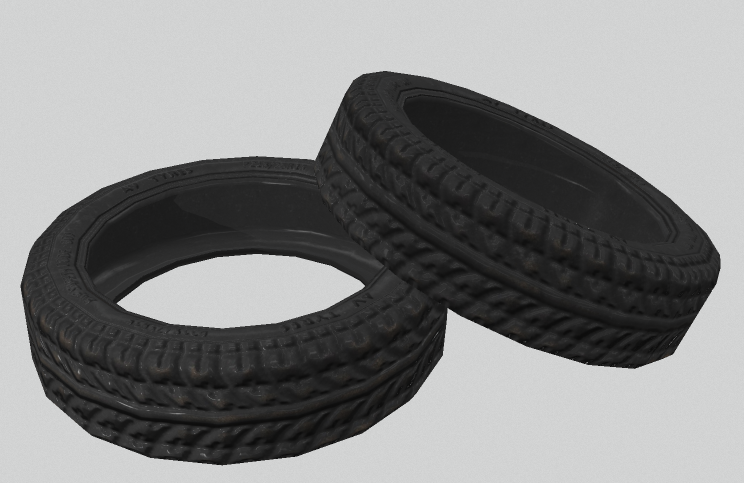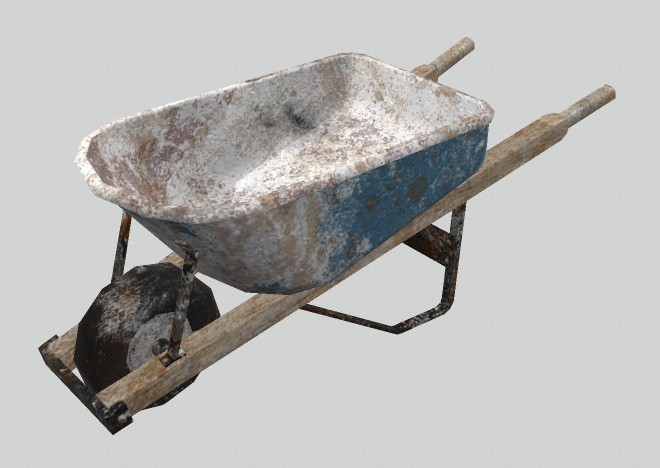I was thinking about writing an elaborate article on my thesis game during my Masters at University Of Utah. But I found this article that pretty much sums it up. Since, it doesn’t cover the technical side of the game’s development. I’ll write about that here.
https://lassonde.utah.edu/training-police-through-virtual-reality/
The game was played inside a recreational maze like facility made in collaboration with The Void, P.O.S.T. (Peace Officer Standards and Training) and help from Daz 3D.
HERE’S A RUNDOWN ON WHAT THE GAME WAS
- Choice based puzzle Deescalation simulator made in Unity 5. (PBR was just introduced)
- You would wear a Oculus Rift for looking around the world.
- You would use a Leap Motion Controller for hand gestures input and a headset for speech input.
- You would move by physically walking around different rooms mapped to look like the inside of a house.
So, you would wear a small PC as a backpack with a Oculus Rift VR headset as your vision detecting inputs via a Leap Motion Controller and a speech recognition headset. While moving about a maze with rooms and corridors inside the Void’s first facility in Lindon, UT. This facility had enough area for the player to walk around our game’s level, a virtual House.
So we mapped the virtual house to this real facility with walls and rooms.
We also had help from P.O.S.T. and were provided with haptic Kevlar vests and a haptic standard police pistol. Their additions made the virtual reality more believable. Getting shot in VR while wearing a haptic Kevlar vest definitely felt convincing. P.O.S.T was also our main point for testing and developing the police training simulations.
Lastly we also got help from Daz 3D(with support from local friends in Salt Lake City) for mesh morphing inside Unity on our photoscanned characters.
By the end of the project I was doing most of the Art and all Technical Art work. We had a relatively small team for such a demanding project. Most students didn’t want to work on a non-game (simulator) for their final Thesis game of the Masters program.
I was fortunate to use my recently learnt Technical Art and Digital Art skills on our thesis. Like a face scan of my friend to use him as a character in the game. Or the use of motion captured animations we performed while helping out the Modern Art and Dance department at the University.
HERE’S A LIST OF THE ART SOFTWARES I USED FOR THIS PROJECT
Quixel Suite, Allegorithmic’s Substance and X-Normals for texturing.
Modo, Maya and Z brush for modeling, rigging and retopo.
Agiscan for Photogrammetery.
Autodesk Motionbuilder for motion captured animations.
Unity as the Game Engine.




